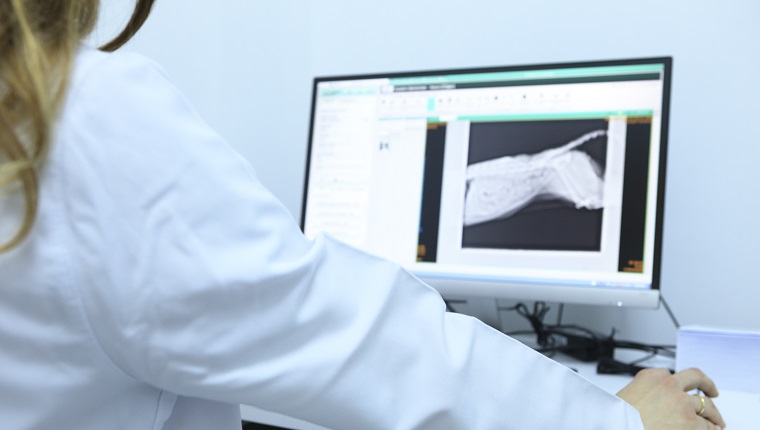Hypertrophic osteopathy in cats is a medical condition that usually causes the limbs to swell. It’s caused by new bone forming in an abnormal fashion.
The condition can affect other pets, including dogs, as well as humans. Oftentimes, people mistakenly assume it to be a case of arthritis.
If you see signs that your kitty might be suffering from this condition, then you must consult your veterinarian for a proper diagnosis and course of treatment. Here’s what you should know about the symptoms, causes, and treatments of hypertrophic osteopathy in cats.
Symptoms Of Hypertrophic Osteopathy In Cats
Hypertrophic osteopathy in cats primarily presents itself as swollen limbs. Some of the other most common symptoms include:
- Feeling lethargic
- Pain around the limbs
- Joints not being as free to move as usual
- Not moving around as much as normal
Causes Of Hypertrophic Osteopathy In Cats

The precise cause of hypertrophic osteopathy in cats is unfortunately still unknown.
However, some of the factors that have been linked to the development of this condition include:
- Heartworm
- Pneumonia
- Tumors on the liver, lungs, and prostate gland
Veterinary Treatments
If you think your cat is suffering from hypertrophic osteopathy, your veterinarian will want to ask a series of questions about their medical history and any symptoms they might be showing. They’ll carry out a full physical examination.
The vet will also order blood and urine tests. In suspected cases, an examination of bone samples and X-rays of the bones can prove useful in confirming a diagnosis. The vet can also see if any tumors are present and examine them.
When it comes to treatment, it is important to address the underlying cause of the condition. When tumors are present, the vet might remove them surgically. In many cases, this might involve the use of medication and painkillers.
As ever, if your vet prescribes your kitty any medicine, it is vital that you stick to the precise dosage and frequency instructions, along with completing the full course of medication.
While your cat recovers at home, they should have a calm and relaxing environment. Your vet may also suggest pain therapy and a change of diet to help support your kitty’s recovery.
Has your cat developed hypertrophic osteopathy? What kind of treatment does your vet provide? Tell us all about it in the comments below.









